
Say hello to the newest member of the Samsung Galaxy Tab family, the Galaxy Tab 7.0 Plus. It’s here to replace its little brother the original Galaxy Tab with a few upgrades and improvements, not to mention a dual-core processor and Android 3.2 Honeycomb. Today we have the Galaxy Tab 7.0 Plus on the AC review bench and will be giving its features and apps a quick look, not to mention the usual benchmarks and tons of beautiful pictures. All that and more is below so don’t go anywhere just yet.
First off we have some background information. It was announced back in September, then started shipping before the launch date over at Amazon and is now available to all. T-Mobile has a 4G version in the works but today we’ll be looking over the 16GB Wi-Fi model.

Before I mention the hardware feel free to enjoy our hands-on article and photos followed by our quick hands-on video below. Then we’ll get down to the details.
Galaxy Tab 7.0 Plus hands-on
Hardware
With the new Tab 7.0 Plus we have a bright and vivid 7″ 1024 x 600 resolution display (no 1280 x 800 here) but the display looks great like anything from Samsung always does. Powered by a 1.2 GHz dual-core Exynos processor, 1GB of RAM, 16 or 32GB of internal storage and a pair of cameras. We have 3 megapixels on the rear (with flash) and 1.3 up front for the occasional chatting. The entire tab is enclosed in a lightweight durable plastic weighing in under 345 grams (.76 lbs) while staying very sleek at 9.6mm thin (.38″). Running along with Android 3.2 Honeycomb and the latest Touch Wiz UX its an overall great experience, but first enjoy a few more photos.
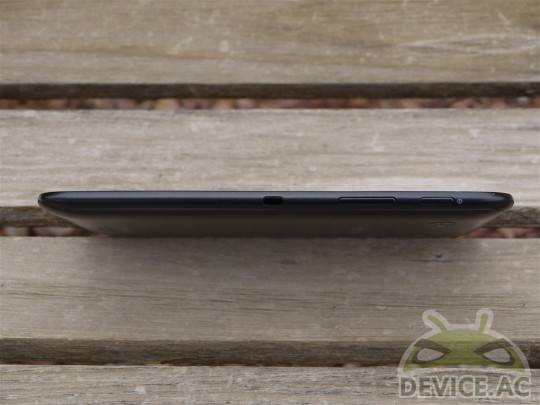
Unlike recent tablets from Samsung we have a micro-SD port for expanded storage here, something I wish all tablets came with. For a tour around the plastic uni-body design we have the 3.5mm headphone jack up top by its lonesome, with the power button and volume up/down rocker on the right side. Top if your holding the device in landscape mode.
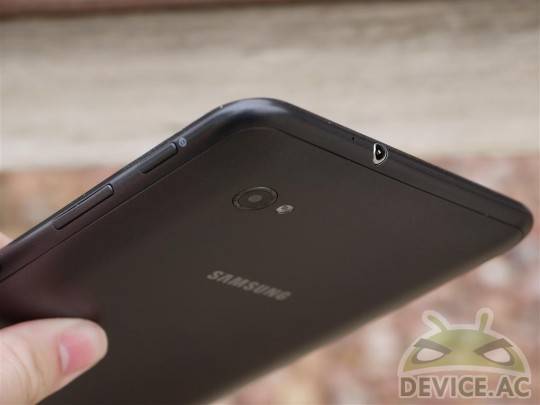
A quick note, on the same side just under the volume we also have an Infrared eye for the bundled free app called Peel (paperwork in box we saw in unboxing). This feature is truly awesome and more details on that will follow shortly.
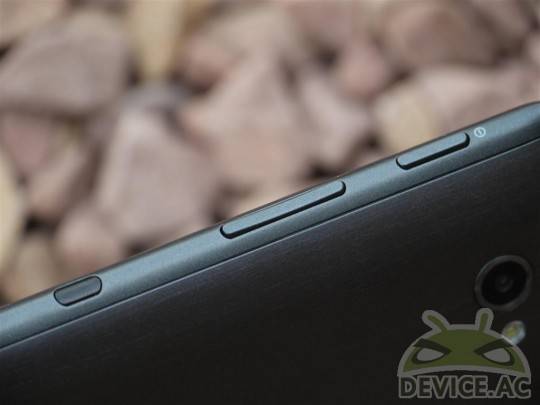
On the left side we have a clean bezel with nothing but that micro-SD slot we mentioned above. Then on to the bottom is the 30-pin dock connector for the much too short cable included in the box, stereo speaker, and a microphone.
Audio was surprisingly loud for such a small device and seems on par with most larger tablets like the Galaxy Tab 10 and more. Only issue is the occasional moment where my hand was covering the holes, but that is to be expected and not really a con. Overall I love the hardware. The lightweight design feels great and comfortable in the hand although the plastic scratches a bit easy. Definitely lighter and more comfortable than the T-Mobile Springboard we just reviewed.
Software & Performance
Running with Android 3.2 Honeycomb and touched up with Samsung’s own Touchwiz UX for tablets everything ran like you’d expect. 3.2 really brought stability and smoothness to Honeycomb and it definitely shows with the Tab 7.0 Plus. We all know plenty about Honeycomb and the UX but for a more in-depth look here is our Touchwiz UX for tablets review. Everything is the same with the new tab only smaller and we have the latest version running here. Performance is great on this tab and as we said above everything truly is smooth and very fluid on Honeycomb with TouchWiz. The few hiccups I’ve experienced on past tablets were not present here and overall I’ve been quite impressed although the occasional app wont look right with the 7″ display. Blame the developers for that one, not Sammy.
Benchmarks
Running on the highly popular dual-core Exynos processor from Samsung you betcha we ran a few benchmarks and just as we expected, it blazes past most tablets. The 1.2 GHz dual-core handles the higher resolution of the 7″ display with ease and performed right along with the Galaxy S II (same processor) and actually was a bit faster in both Quadrant and Vellamo. We scored well over 3800 in Quadrant, most tablets are lucky to break 2500.

Vellamo went surprisingly well here too and passed every other device and tablet on the market. It appears to love Honeycomb and the faster dual-core beat all the other 1.0 GHz devices listed. We also tested AnTutu since that’s been popular with the Galaxy Nexus and Transformer Prime and it actually performs right in the middle here — in case you were wondering.
Infrared with Peel
The Tab 7.0 Plus comes with an infrared port and a bundled app called Peel Smart Remote. I was pleasantly surprised with how simple and easy this worked. Within 5 minutes I could control my TV, Denon Receiver surround sound, and cable box all from the Tab 7 Plus using Peel. You can turn them on one at a time, or all at once, Crank up the volume or search showtimes. I immediately set Comedy Central and ESPN to my favorites of course. It connects to provider via zip code and found local channels accurately and perfect, only I wasn’t getting sent to HD channels sadly but I’ll keep working on that (firstworldproblems). I could write an entire review on this so for now lets just say it works exceptionally well and here’s a few photos in case you’re wondering.
Battery Life & Camera
Samsung’s included a 4,000 mAh battery with the Tab 7.0 Plus and on the smaller display it lasts plenty long compared to something like the Iconia A100 7″ tab and its 2,350 mAh battery. While this varies from user to user I’ve been able to use the Tab off and on for well over 2 1/2 days with a single charge. Standby time is excellent and I’m still at 33% after almost 3 days and plenty of games, benchamarks, and browser viewing lately.

The camera is only 3 megapixels on the rear so testing any sort of video capture just didn’t seem warranted. For those moments you want to capture a picture the 3 MP sensor worked fine although auto-focus was a bit slow. Some samples are in the gallery below.
Wrap Up
There’s plenty to like about the Galaxy Tab 7.0 Plus. The display is superb although not 1280 x 800, performance was swift and stable, and the entire device is super thin and lightweight. I’ve actually started enjoying this more than my Galaxy Tab 10.1 because its just so convenient and portable.
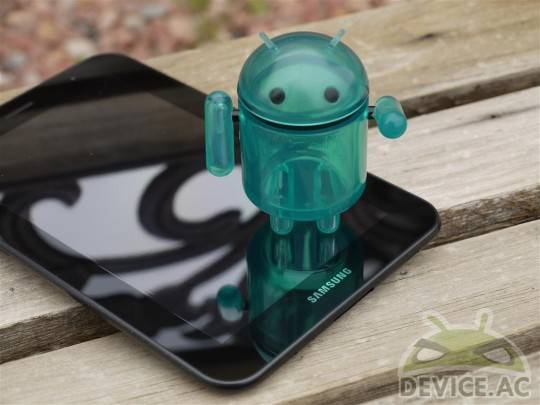
My only concern here is the pricing. For a 7″ device with a smaller size and lower resolution than competing 10″ tablets the price should also be a bit cheaper but it isn’t. I almost feel as if we are paying a small premium for it being Samsung. Priced at $399 for the 16GB model and $499 for the 32GB model we could get an ASUS Transformer for the same price, but then we do have a faster processor and more portability here.
In the end this is a great overall tablet. The size and performance are just right, especially for those needing a portable tablet solution. For anyone searching for an awesome Android tablet that is small and lightweight but runs great, this is totally for you. Compared to other 7″ offerings currently available (not counting the Kindle Fire) this is hands down the best available overall package if you ask me. Enjoy the full sized gallery of photos below.
[device id=1941]


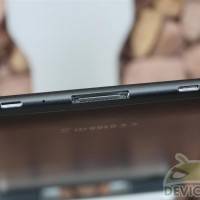
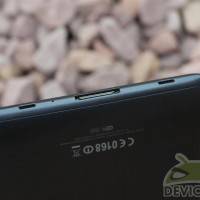
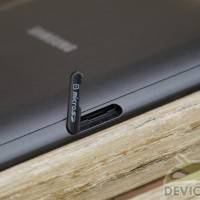
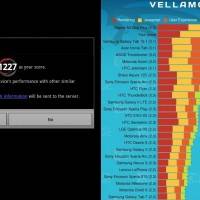


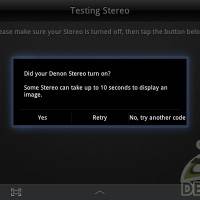


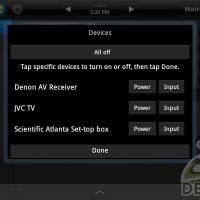
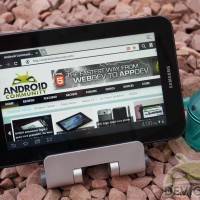
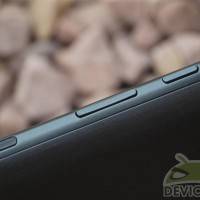
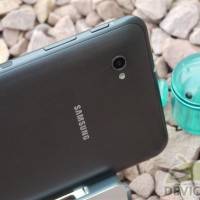



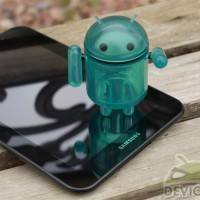

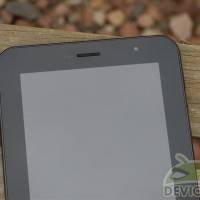


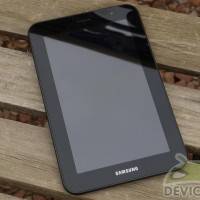

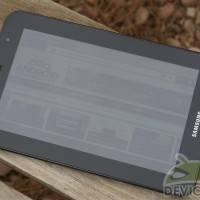

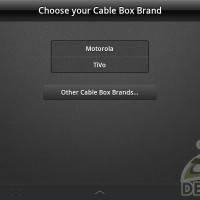

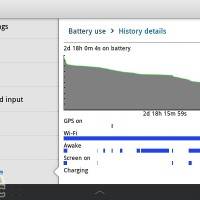
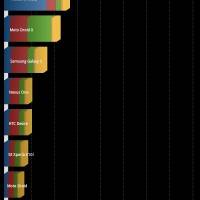

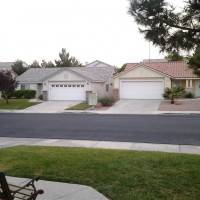
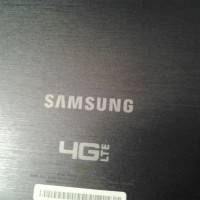








At $499 for the Tab 7.0 Plus 32GB model you could get a Transformer Prime with 32GB within a few weeks. The latter has a larger screen (which may or may not be an advantage) and a much better processor and graphics subsystem, as well as the option to add (at extra cost, yes) a well integrated keyboard. I think this will have a tough time in the market with a larger, better tablet available at the same price, or a similarly sized, albeit somewhat less powerful Amazon Fire at half the cost.
Better CPU to be sure, though the GPU being ‘much better’ is a questionable statistic. It depends on the clock rate of the Tegra 3 GPU which is as of yet undisclosed to get an idea of what the Tegra 3 is capable of compared to the quite powerful Mali400MP4.
Tegra 3 graphics are for sure without a doubt better.. no question.
Tegra 3 will be 1.0 Ghz quad core or 1.4 Ghz with 1-3 cores active from what I understand. Either way yes prime will rock, but this is the best 7″ tablet available currently and performance was excellent.
Again, you can’t make that assertion without actually knowing what the various performance metrics are on the GPU. In this case, at a similar clock the Mali400MP4 will certainly beat the pants off of the Tegra3 GPU in fragment performance. Though the Tegra 3 will have better triangle performance.
But that’s not the whole story. It may also interest you that NVidia is still using single-channel memory which will greatly limit performance.
There are a ton of points like this that have bearing on the performance. To say that the Tegra 3 is ‘better without a doubt’ is ignorance in the truest sense of the word.
Not sure on T3 gpu clock but from what I’ve seen the 12 graphic cores in T3 are impressive
Yes, the T3 gpu has impressive performance, and some of the demos highlight this quite well. I expect it to be around 10-15GFLOPS after all is said and done, which is no slouch among today’s mobile GPUs.
But the most compelling aspect (IMO) about the T3, is the quad-core CPU. This should give the T3 very good performance across productivity applications, and help out for graphics quite a bit as well.
Yeah but thats in december. Even then if 7″ is what you’re looking for the prime is not what you want. This is HANDS DOWN THE BEST 7 INCH TABLET PERIOD
I had a Viewsonic Viewpad 7 and it worked very good and stable except the screen resolution is very poor. I am in market of purchasing a new tab and I have a few choices ipad2, galaxy tab 8.9″ and galaxy tab 7.0 plus. Finally, I decided to get the tab 7.0 plus due to the 7″ in size. It runs Android 3.2. I played around about an hour and this tab has so much issues with version 3.2. Facebook crashes many times, WIFI connection is very poor and slow, keyboard is responding very slow. Anybody have this kind of experiences.
Where can you buy the 8.9?
Amazon…
Wifi has been extremely fast and stable for me, zero issues.
I only loaded Facebook once and it worked fine. Rating a device based just on performance with a stupid social network app doesn’t seem fair either. Just saying.
“Unlike recent tablets from Samsung we have a micro-USB port for expanded storage here, something I wish all tablets came with.”
There is no micro-USB port. That’s the infrared emitter.
Anyone know what audio for wired headphones is on this tablet? Is it a part of the Exynos 4210 or is there an additional device such as a Wolfson?
SD but thanks for the find
The played with 2 of these and they both had the same problem: the display dimmed to about 20% when using the internet browser, though the other apps were OK. I put a Samsung Galaxy Player 5-inch at 30% brightness next to the Tab 7 Plus at 100% and the 5-incher, at 30%, was brighter. I tweaked all the settings and nothing fixed this “problem”. Did anyone else see this “problem”? Otherwise I agree this is a fantastic device, a breakthrough in terms of form and function.
I played with 2 of these and they both had the same problem: the display dimmed to about 20% when using the internet browser, though the other apps were OK. I put a Samsung Galaxy Player 5-inch at 30% brightness next to the Tab 7 Plus at 100% and the 5-incher, at 30%, was brighter. I tweaked all the settings and nothing fixed this “problem”. Did anyone else see this “problem”? Otherwise I agree this is a fantastic device, a breakthrough in terms of form and function.
It actually dims then goes back up on its own. Weird I just tested that. I set it to 50% then once you open the browser it goes down to 25-30%. Once I went back to home it increased on its own.
I guess you could call it a problem, they’ve maybe done it to save battery when the entire screen goes white for the browser pages but IDK. turning off auto analyze in display settings didn’t help either.
Interesting
I’m not sure about this particular tablet, but on the SGS2 the browser brightness is separate from the screen brightness, so you’ll have it as bright as possible, open the browser and it will be dark. See if you can change the brightness within the browser.
go to setting, screen then therre is an option about adjusting screen power , disable it and ur fine 😉
I played with 2 of these and they both had the same problem
love dis phone and its features too
http://13mania.com/1540/samsung-galaxy-tab-7-plus